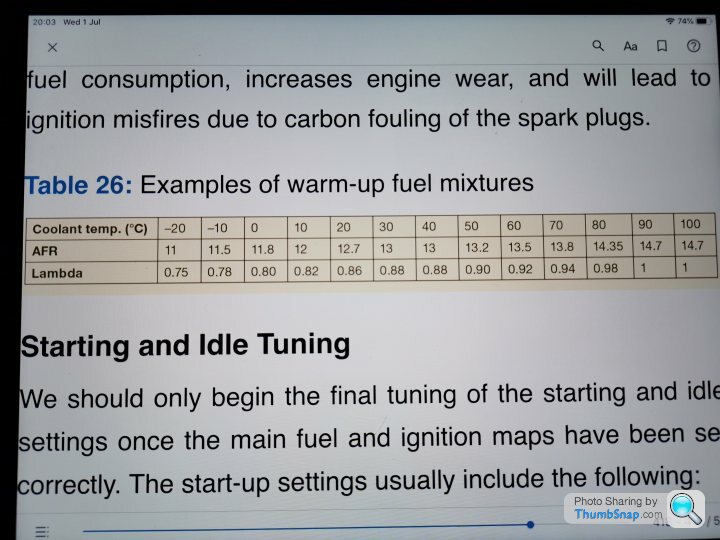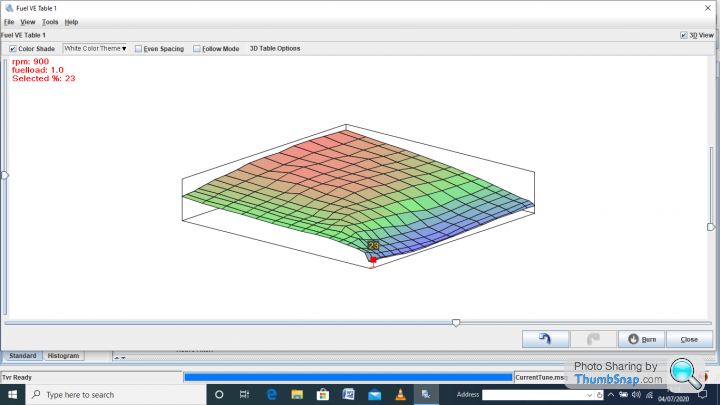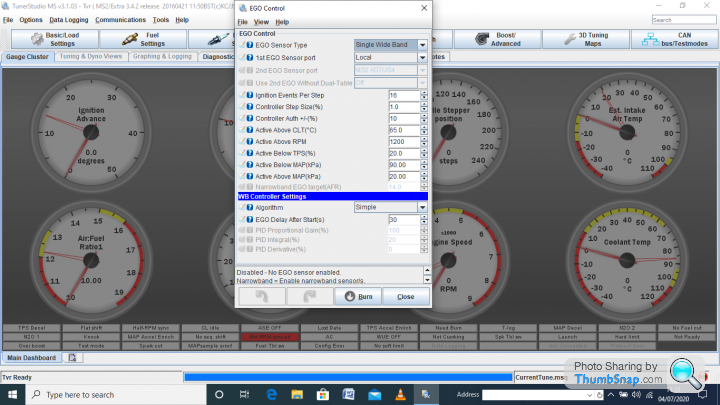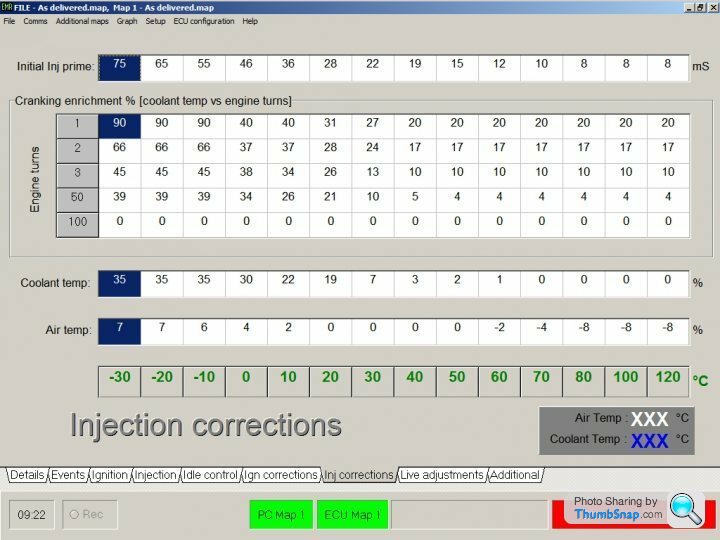Aftermarket Ecu warm up enrichment
Discussion
i have my car running really well on megasquirt but have one small problem during warm up enrichment.
The car starts well and runs well as it starts to warm up but when i reach around 75 degrees and my enrichment ends my engine will stall.
just before it stalls i witness the Afr going lean which is telling me it needs a slightly longer enrichment.
The problem is that in cold weather the running temps may creep as low as 75 degrees, which takes me back into enrichment.
Im happy my thermostat is functioning correctly.
its probably something ive just got to live with and may happen on the 14cux.
Picture enclosed to show the enrichment curve and the settings, my idle Afr is set to around 13.5.
The graph on the right is the plot the autotune feature uses to fine tune the graph for you and seems to work well.
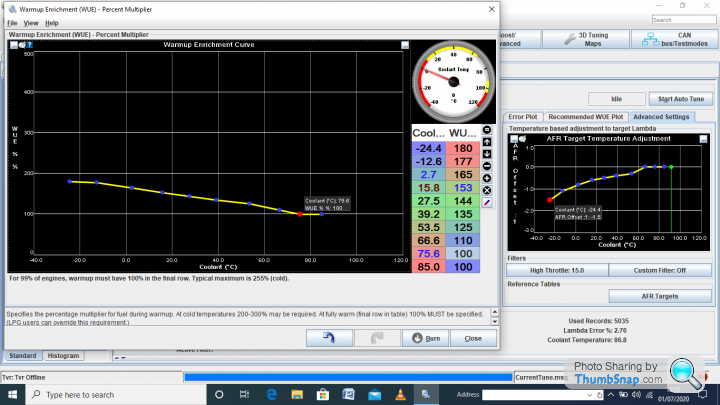
The car starts well and runs well as it starts to warm up but when i reach around 75 degrees and my enrichment ends my engine will stall.
just before it stalls i witness the Afr going lean which is telling me it needs a slightly longer enrichment.
The problem is that in cold weather the running temps may creep as low as 75 degrees, which takes me back into enrichment.
Im happy my thermostat is functioning correctly.
its probably something ive just got to live with and may happen on the 14cux.
Picture enclosed to show the enrichment curve and the settings, my idle Afr is set to around 13.5.
The graph on the right is the plot the autotune feature uses to fine tune the graph for you and seems to work well.

Dougal9887 said:
It may be that you are relying too much on warm up enrichment when the engine doesn't need it. Maybe try setting the WUE table curve to cut enrichment at about 50-60deg and adjust your VE table/throttle to idle nicely at that temp.
At 16deg my WUE% is 120 and 102 by 50deg.
Dougal.
Thanks, can you remember what your afr is doing throughout warmup?At 16deg my WUE% is 120 and 102 by 50deg.
Dougal.
This morning at roughly 10 degrees I started at 12.5 and gradually rose to my idle afr of 13.8.
Escy said:
Sounds like a very rich idle. What happens if you give it 14.7?
If it was me I'd change the thermostat for one that opens later, you want the coolant to be sitting at 90 degrees when warmed up.
Today I was running at 85 degrees on a run, I have changed over to the different temp sender talked about on the forum, I'm now wondering is it adding to the confusion. If it was me I'd change the thermostat for one that opens later, you want the coolant to be sitting at 90 degrees when warmed up.
The gauge and megasquirt readings do match though.
The standard start opens at 88 degrees I think?
Mine certainly seems to when monitoring warm up.
Edited by Belle427 on Wednesday 1st July 20:35
ChimpOnGas said:
Its important to remember warm up enrichment is a multiplication of your main fuel table, when you drop out of warm up enrichment you immediately fall back on the idle cells within that main fuel table. By the sound of it you could do with enriching your main fuel table rather than focusing on your warm up enrichment, try coming out of cold start enrichment earlier, say 60c, then enriching your idle cells in your fuel table so there's no change in AFR when your warm up enrichment taper ends.
Finish the job by activating closed loop at 70c to correct what will likely be an idle that's naturally a little rich in open loop, allow closed loop to lean out the open loop idle AFR, using closed loop to lean out a rich fuel table always works better than using it to enrichen a table that's lean in open loop. Its also helpful to configure your wide band closed loop to be slower responding than you might first assume, try 'check every 1.0 second' and gradually speed it up from there, you will probably find it is not beneficial to go any faster than 0.75 seconds.
A rich fuel table that's slowly corrected by a lazier acting closed loop strategy will give you better part throttle transients and tip in because the natural condition will be a rich one before closed loop catches up, it will also mean you're falling back in a nice rich bed of fuel when you snap lift off the throttle. Your return to idle as you snap lift off/brake approaching junctions will deliver a smother transition. Like this you should see a momentary rich spike when the throttle snaps shut which is exactly what you want, then in the first second or less of idle you should also see closed loop leaning the engine out to your chosen idle AFR, I recommend this should be no leaner than 13.8:1.
Finally to add further polish and ensure your snap returns to idle never dip more than 50rpm below your target idle speed use spark scatter to add timing beneath your idle target, this feature is also extremely useful to pull timing from a base idle setting you've set at 100 to 150rpm higher than your spark scatter closed loop idle target. Much as closed loop lambda AFR is not immediate, closed loop idle using ignition timing should be set quite slow acting too, the end result of both strategies correctly configured and working in harmony should be you need less extra air from your idle control valve during warm up which is a good thing. It should also deliver OEM levels of warm up enrichment, warm up idle speed, the transition from warm up enrichment to running temp and with good idle stability, acceleration transients, and overall drivability.
Very useful advice so thanks.Finish the job by activating closed loop at 70c to correct what will likely be an idle that's naturally a little rich in open loop, allow closed loop to lean out the open loop idle AFR, using closed loop to lean out a rich fuel table always works better than using it to enrichen a table that's lean in open loop. Its also helpful to configure your wide band closed loop to be slower responding than you might first assume, try 'check every 1.0 second' and gradually speed it up from there, you will probably find it is not beneficial to go any faster than 0.75 seconds.
A rich fuel table that's slowly corrected by a lazier acting closed loop strategy will give you better part throttle transients and tip in because the natural condition will be a rich one before closed loop catches up, it will also mean you're falling back in a nice rich bed of fuel when you snap lift off the throttle. Your return to idle as you snap lift off/brake approaching junctions will deliver a smother transition. Like this you should see a momentary rich spike when the throttle snaps shut which is exactly what you want, then in the first second or less of idle you should also see closed loop leaning the engine out to your chosen idle AFR, I recommend this should be no leaner than 13.8:1.
Finally to add further polish and ensure your snap returns to idle never dip more than 50rpm below your target idle speed use spark scatter to add timing beneath your idle target, this feature is also extremely useful to pull timing from a base idle setting you've set at 100 to 150rpm higher than your spark scatter closed loop idle target. Much as closed loop lambda AFR is not immediate, closed loop idle using ignition timing should be set quite slow acting too, the end result of both strategies correctly configured and working in harmony should be you need less extra air from your idle control valve during warm up which is a good thing. It should also deliver OEM levels of warm up enrichment, warm up idle speed, the transition from warm up enrichment to running temp and with good idle stability, acceleration transients, and overall drivability.
id be interested to see what numbers people are running at idle in their ve table, i understand every car is different but have always felt mine look low.
Ive currently got ego control (closed loop) not controlling my idle afr as when tested previously it made it a bit unstable so may try revisiting this.
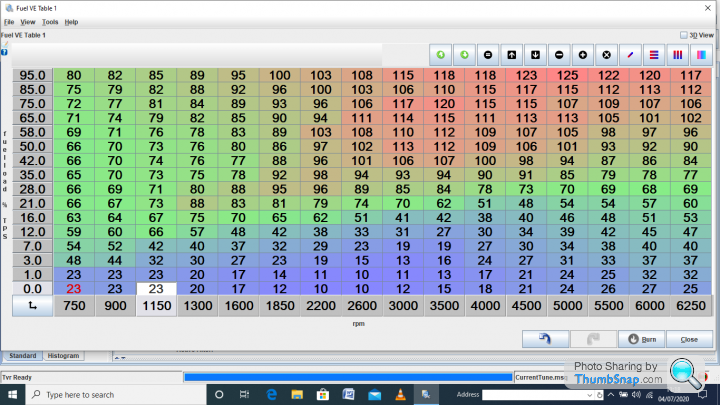
yes ive currently disabled the idle valve above 70 degrees, ive set the idle speed via the throttle stop screw and closed down the idle by pass screw.
Ive found the engine is more stable without input from it after warm up.
Unfortunately Megasquirt does not have the scatter spark feature.
Ive found the engine is more stable without input from it after warm up.
Unfortunately Megasquirt does not have the scatter spark feature.
Edited by Belle427 on Saturday 4th July 14:43
QBee said:
You mentioned that you thought the new temp gauge sender could be causing the problem (but also said its readings matched the ECU's).
Dave will correct me if I am wrong, but I thought the ECU got its temperature readings independently of the temperature gauge sender?
Yes it does, I was not thinking straight.Dave will correct me if I am wrong, but I thought the ECU got its temperature readings independently of the temperature gauge sender?
O mage said:
ChimpOnGas said:
Sounds like you're on it 
Whats always amazed me is just how smooth a well set up 14CUX will idle at 14.7:1, this proves this rather ancient and crude engine can be happy idling at stoich but I've never been 100% happy with it, don't get me wrong I can idle at 14.7:1, its just my engine is noticeably smoother at 13.8:1.
I guess the real difference is with the 14CUX you're suck at stoich so there's no seeing how much smoother it could be if you ran it a little richer, anyway the fuel economy difference is minuscule, the only reason you'd run 14.7:1 is to lower emissions and if I was worried about that I wouldn't have entirely de-catted the car.
My only other observation is my engine definitely idles smoother on gas, don't get me wrong its smooth on petrol, just even smoother on LPG which I attribute to the fuel mixing better with air. Saying that I have a set of four port petrol Bosch 0 280 156 045 injectors to fit which at my new 20% higher fuel pressure will be sure to deliver better fuel atomization, by replacing the old stock FPR with one from an early/mid 90's BMW 3 series my fuel pressure went up from 37psi to 44psi, well worth the £28.00 this new direct fit reg cost me.
https://www.ebay.co.uk/itm/Fuel-Pressure-Sensor-FD...
Increasing the fuel pressure by 20% and forcing the fuel at 44psi through the four tiny ports used on the superior Bosch 0 280 156 045 injectors will for sure deliver improved emulsification of petrol and air compared with my old two port Vecra injectors running at 37psi, this should improve cold starts too and serve to redress the balance between my petrol & LPG idle quality.
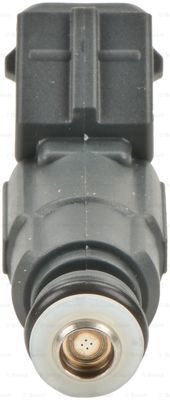
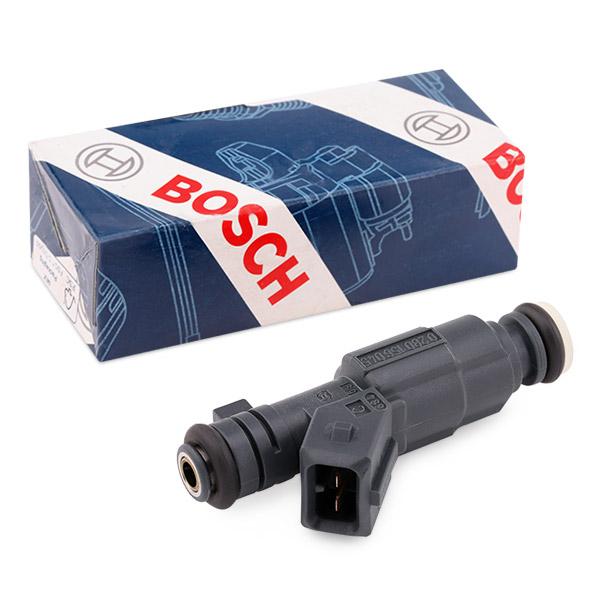
As you can probably tell I'm somewhat obsessive about how my TVR idles and runs
Hi, what is the coil set up on these systems are they generic or bespoke to the system. And are they fired conventionally ie switched by earth only? 
Whats always amazed me is just how smooth a well set up 14CUX will idle at 14.7:1, this proves this rather ancient and crude engine can be happy idling at stoich but I've never been 100% happy with it, don't get me wrong I can idle at 14.7:1, its just my engine is noticeably smoother at 13.8:1.
I guess the real difference is with the 14CUX you're suck at stoich so there's no seeing how much smoother it could be if you ran it a little richer, anyway the fuel economy difference is minuscule, the only reason you'd run 14.7:1 is to lower emissions and if I was worried about that I wouldn't have entirely de-catted the car.
My only other observation is my engine definitely idles smoother on gas, don't get me wrong its smooth on petrol, just even smoother on LPG which I attribute to the fuel mixing better with air. Saying that I have a set of four port petrol Bosch 0 280 156 045 injectors to fit which at my new 20% higher fuel pressure will be sure to deliver better fuel atomization, by replacing the old stock FPR with one from an early/mid 90's BMW 3 series my fuel pressure went up from 37psi to 44psi, well worth the £28.00 this new direct fit reg cost me.
https://www.ebay.co.uk/itm/Fuel-Pressure-Sensor-FD...
Increasing the fuel pressure by 20% and forcing the fuel at 44psi through the four tiny ports used on the superior Bosch 0 280 156 045 injectors will for sure deliver improved emulsification of petrol and air compared with my old two port Vecra injectors running at 37psi, this should improve cold starts too and serve to redress the balance between my petrol & LPG idle quality.


As you can probably tell I'm somewhat obsessive about how my TVR idles and runs

http://www.extraefi.co.uk/products/RV8_kits.html
Im not 100% on the firing method but im guessing they are negative triggered as they have their own fused ignition supply.
Dougal9887 said:
Belle427 said:
yes ive currently disabled the idle valve above 70 degrees, ive set the idle speed via the throttle stop screw and closed down the idle by pass screw.
Ive found the engine is more stable without input from it after warm up.
Unfortunately Megasquirt does not have the scatter spark feature.
I think that Idle Advance in Megasquirt is the same thing. It can be used independantly to advance the ignition based on RPM or engine load. It can also be used to assist closed loop idle by linking to the PID conditions.Ive found the engine is more stable without input from it after warm up.
Unfortunately Megasquirt does not have the scatter spark feature.
Edited by Belle427 on Saturday 4th July 14:43
I wouldn't give up on the idle valve. Once you are happy with the way idle is working, you can move on to closed loop idle. This obviously maintains a constant idle speed under different loads, so also allows the car to idle along, uphill and down, foot off the pedal just as modern cars do.
I use closed loop idle and independant Idle Spark Advance. The advance feature is very fast acting, so fills in the gap whilst the closed loop idle catches up.
It can all be a bit tricky to set up but we'll worth the effort.
I run a slightly higher idle speed, just under 1000 rpm and currently have my timing set at 18 degrees which may be a little high but the engine seems to like it.
To be fair the car goes like a stabbed rat up to the limiter at 6250 so there isnt a lot wrong with it!
Id like to get perfection on the cold start but am not that concerned about it in the grand scheme of things.
Edited by Belle427 on Sunday 5th July 06:25
ChimpOnGas said:
Belle427 said:
Id like to get perfection on the cold start but am not that concerned about it in the grand scheme of things.
Out of interest, how many milliseconds of key on pre-cranking priming pulse do you run? In my experience the Rover V8 loves a good sizable dose of pre-cranking cold start fuel, the Canems system limits the priming pulse to 16ms for every key on cycle which is clearly insufficient. I know this for a fact as five key on/off cycles gives me outstanding instant cold starts but one shot at the maximum of 16ms is simply not enough, this leaves me me to fall back on cranking temp correction which don't get me wrong still brings the engine to life but only after 3 seconds of cranking.
I measure cold start performance on the number of revolutions the engine must go through before a nice clean start is achieved, the fewer the revolutions the better the cold start. It does therefore frustrate me that while I've proved all my engine needs is more pre-cranking fuel (priming pulse) the Canems system restricts me to the insufficient dose of16ms, priming pulse is very different to the additional fuel introduced under cold start cranking and the RV8 engine definitely benefits from a good healthy dose of fuel before the engine is cranked.
Spray in that generous dose of fuel before cranking and my Chimaera bursts into life like a modern Toyota, give it one dose at the Canems maximum of 16ms and I'm falling back on the cranking temperature correction. Cranking temperature correction is important, but the engine obviously needs to be cranking to benefit from it so needs go through a few revolutions before sufficient fuel is introduced and the start occurs.
Introduce plenty of fuel before the crank in the order of 80ms, and those joyous snappy instant cold starts bring a smile to my face reminding me of those wonderful instantaneous cold starts I could achieve when I was tuning engines running a carburetor. Of course the way a carb achieves this is by virtue of the huge amount of fuel it crudely dumps down the engine's neck, injection is meant to be more versatile than a carb so its a real shame the Canems system restricts you to 16ms of priming pulse. I've emailed David Hampshire at Canems asking him to lift this 16ms priming pulse ceiling so I don't need to go through the rather ridiculous five key on/off cycles, sadly once again David has ignored my message, this is a real shame as it would probably only take him minutes to tweak the software.
My current thinking is my raised fuel pressure and four port injectors will help, but the real solution will only come with a far larger dose of pre-cranking fuel, I'd love to know what the 14CUX throws in but I'm damn sure it'll be way more than maximum of 16ms the Canems system limits you to. With Canems support not being forthcoming it's once again time for me find my own solution, my current thinking being a Rover SD1 plenum will solve the challenge in a stroke. An SD1 plenum allows me to use a good old cold start injector plumbed into the fuel rial by simply de-coring the Shraeder valve, a timer relay set at 1 second triggered by key on and grounded through a cold start switch will ensure a nice spray of fuel over the velocity stacks but only when engine temps are below the cold start switch open circuit value.
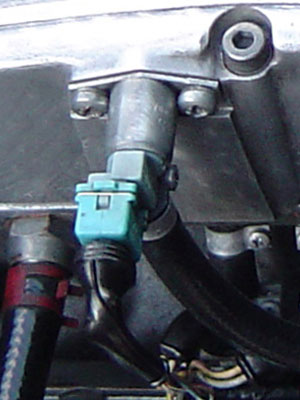
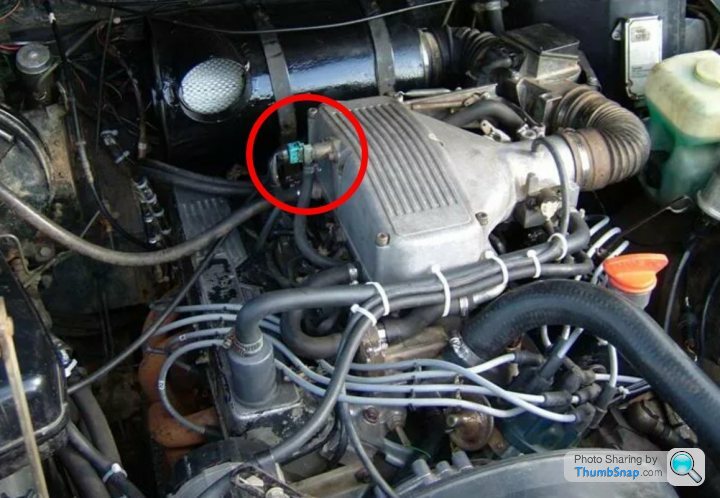
Heres a good old cold start injector doing it's thing under cranking, as you can see a cold start injector is a very effective way to give me that additional priming pulse my engine clearly needs.
https://www.youtube.com/watch?v=cff0riuswRI
The video shows it spraying under cranking, in my case all I need is a 1 second pre-cranking pulse to throw a lovely cloud of atomised fuel into the plenum and over the velocity stacks. I absolutely guarantee you with this mist of pre-cranking fuel my Chimaera will burst into life the moment the ECU receives the cranking signal and gives me spark, basically one complete engine revolution which is more or less instant instead of the current three full seconds of cranking currently needed.
Mine is non existent at the moment for that reason, ive left it as the base map because i wasnt sure how high to go before causing issues.
At the moment my engine cranks for around 3 seconds before bursting into life.
I think megasquirt will allow a maximum of 65 ms.
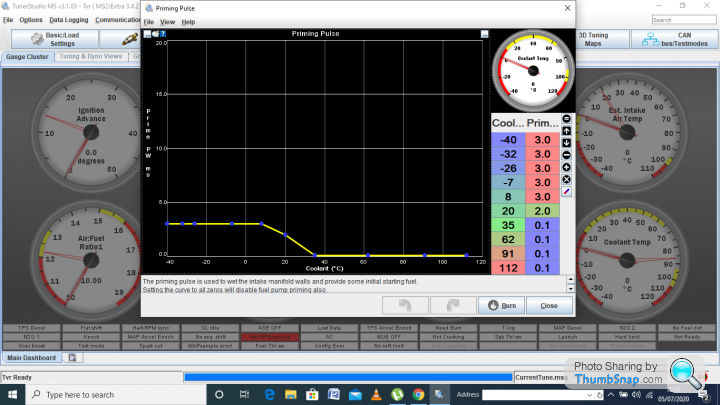
Edited by Belle427 on Sunday 5th July 10:14
Megasquirts own explanation on the priming pulse page states that its used to wet the intake walls to provide some initial starting fuel.
Seems pretty clear cut to me even if you don't agree with it.
Anyway just for s ts and giggles I gave mine 60 ms of priming pulse last night and it started on the button, within a second compared to cranking for 3 seconds beforehand.
ts and giggles I gave mine 60 ms of priming pulse last night and it started on the button, within a second compared to cranking for 3 seconds beforehand.
Maybe tweaking the cranking pulse could also acheive this too but I've not tried as yet.
Probably a debate that wii go on forever.
Seems pretty clear cut to me even if you don't agree with it.
Anyway just for s
 ts and giggles I gave mine 60 ms of priming pulse last night and it started on the button, within a second compared to cranking for 3 seconds beforehand.
ts and giggles I gave mine 60 ms of priming pulse last night and it started on the button, within a second compared to cranking for 3 seconds beforehand. Maybe tweaking the cranking pulse could also acheive this too but I've not tried as yet.
Probably a debate that wii go on forever.
Dougal9887 said:
I'm very pleased that this thread has come up since I have so far completely ignored the priming pulse settings and relied on the default MS curve - 5ms @-40c(!) and tapering off.
The engine starts nicely on the current cranking and ASE settings, BUT, always takes 2 or 3 secs of cranking before firing.
As soon as I get some time, I will try experimenting with some priming pulse settings to see if a quicker start can be achieved.
I expect it can and that is exactly what the priming pulse and wall wetting are there to achieve.
In MS, for sure, the priming pulse occurs at ignition on.
I've tried 60ms and can confirm it starts almost instantly. The engine starts nicely on the current cranking and ASE settings, BUT, always takes 2 or 3 secs of cranking before firing.
As soon as I get some time, I will try experimenting with some priming pulse settings to see if a quicker start can be achieved.
I expect it can and that is exactly what the priming pulse and wall wetting are there to achieve.
In MS, for sure, the priming pulse occurs at ignition on.
Edited by Dougal9887 on Tuesday 7th July 21:44
Ive not tried the cranking pulse only yet as mine is already on 350% and I'm not sure how that relates to time.
I've seen figures as high as 450% on some other people's figures.
As has been said before we are all here to learn.
I don't really see a few seconds of cranking to be an issue so I'm probably going to leave the priming pulse on its 5 ms setting.
After all I only carry out less than 3000 miles per year and my car is mostly started from the garage.
It's been interesting learning about the priming pulse though and how it changes the starting characteristics.
I don't really see a few seconds of cranking to be an issue so I'm probably going to leave the priming pulse on its 5 ms setting.
After all I only carry out less than 3000 miles per year and my car is mostly started from the garage.
It's been interesting learning about the priming pulse though and how it changes the starting characteristics.
Gassing Station | Chimaera | Top of Page | What's New | My Stuff




